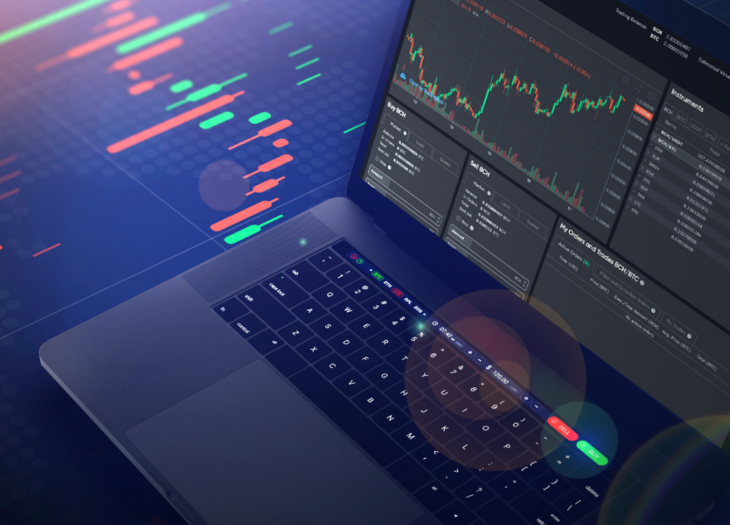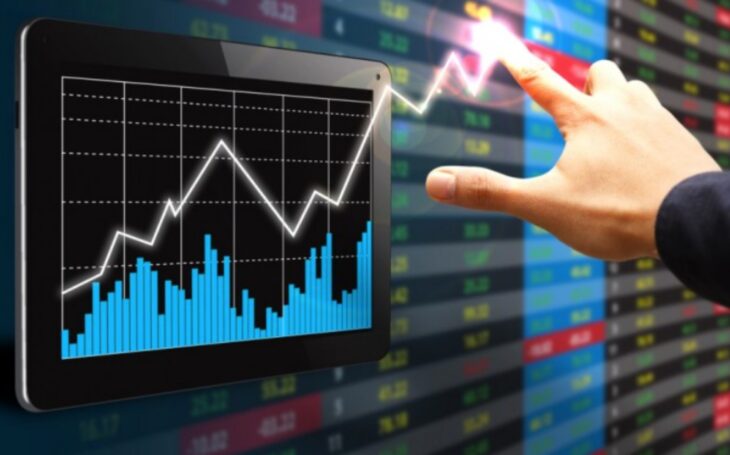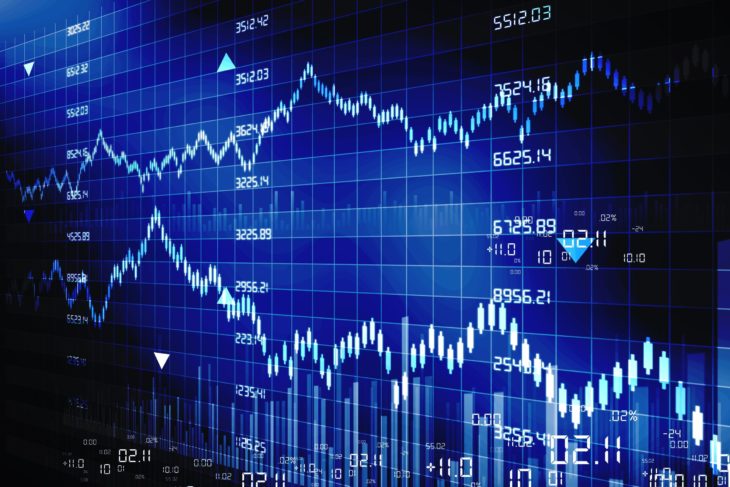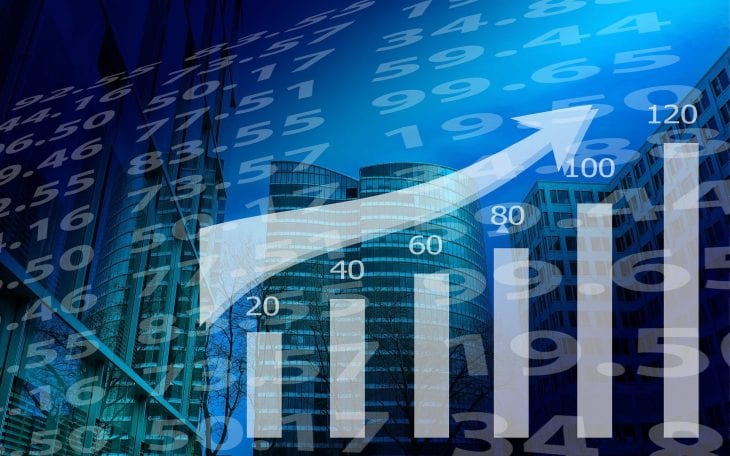Building a fully automated trading system will help you out a lot in the long-run. If you are someone who does day-trading on any type of market, whether it’s stock or cryptocurrency, an automated trading system is probably your endgame goal.
But, before we get into the concept of building one, we need to explain what it is for those who are complete beginners. Let’s take a look.

Source: bitcoin trading
What are automated trading systems? (ATS)
Automated trading means using a computer program, in this case one that you build yourself, in order to track prices of certain items, compare data, buy and sell when the price is right, and all that with the simple purpose of making profit. So, basically, automatizing what you as a day trader would do if you were 24/7 active on the market. But, we all know that none of us can spend 24 hours on the market, tracking countless of items changing in price by the second, which is why this idea of automated trading systems and bots became so popular.
Now for the building part, here are six easy steps you can follow in order to get one up and running. Please note we’re not coders and we won’t be helping with the technical part, but instead point you towards the right direction in terms of logic and finding resources. Here’s what you need to know.
1. Use an already pre-built one if possible
When someone else made something before you, why not use it to ease your life instead of trying to make one on your own? This step is for those who are not familiar with software development and know nothing about building their own trading systems. If you don’t know where to start, forexezy is a website where you can learn some more about trading systems, how they work, how much profit they can make you and everything else related to them.
You can find free ones or you can use the more reputable ones for a small price in the form of a monthly subscription. The choice is yours to make.

Source: IntelligentHQ
2. Creating your own trading plan that will serve as a blueprint
Nothing starts without a plan, especially not such a complex project that requires a lot of coding. A product that will be responsible for your economy later on in life needs to be planned out really carefully. So, what markets will your system trade on for you? Do you have a deadline? How much money are you willing to spend on it? Is it able to return that amount of money in the desired timeframe? What type of strategy is it going to use? Is the risk way too high?
Knowing all this is really useful, both if you are trying to build this on your own or present it as a group project to your friends or colleagues. After you lay out the foundation, move on to this.
3. Starting with the core design
This is where most people quit, because everything sounds great when it’s an idea, but when the time comes to start coding, people quit. Can you code something that will follow the trends? Moving averages, RSI and other similar functions. Start with your main feature. What exactly is you want your bot to do for you?
Now as we said, coding is not our strongest side and every project is done differently in terms of programming, so we cannot give you any advice here and we’ll leave that up to you. But, the next thing you should be doing after you got at least some of the core concept done is testing, and here’s why that’s important.

Source: Medium
4. Testing your automated trading system
You see, the thing about automated trading systems is they have to be 100% reliable, otherwise, you could be using money due to a glitch in the system, or something in your code-breaking. You want to test your product as much as possible, but don’t just “put it out there” on the market to trade for you and test it that way. If you want to test, do it in an offline mode or simulate a trading market.
5. Assign it for some real-world testing with smaller sums
Let’s say you’re trading cryptocurrency. Adjust your trading bot to trade with small amounts and see how it will perform over the course of a given time period. Set a limit and after a few tests see if the bot is performing properly. Now we’re not saying that this trading system will automatically always bring you profit because there are tons of factors in the world of trading, such as market crashes, bubble bursts and a lot more, but see if the bot is making the right decisions, that’s important.

Source: DollarsAndSense
6. Get feedback from other experienced coders
No matter how good you are at what you’re doing, you can always improve. And, the best way to improve is to ask for feedback from others. Even if you notice your fully automated trading system is working as it should, there should be room for improvements. If you don’t have any close friends who are experts in the area, you could use forums or tutorials from other people who decided to complete such a project on their own.
Conclusion
Automated trading systems will help you achieve the peak performance in your trading career in case you manage to create a fully-functional version of them.
Not everyone is a coder but with today’s knowledge (Google search) and the amount of tutorials we have on the web, anyone can create anything. It won’t be an easy task, and you can always end up using one that someone else made if you’re not very fortunate with your creation, but either way you can find a final solution for your problem.

Source: bitcoinist.com
We’re trying to ease the task for you so make sure to check everything we wrote above. Thank you for reading and as always remember to stay safe and productive, we’ll see you in the next one.
